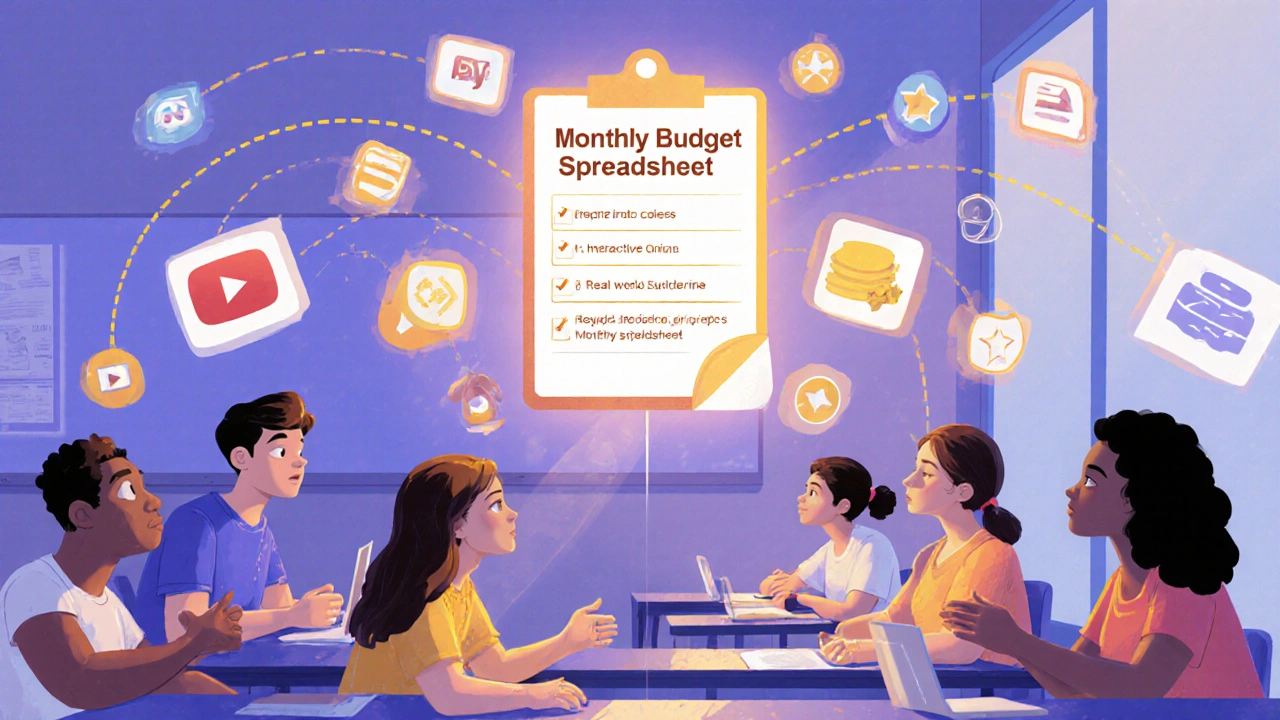Instructional Design: Build Courses That Stick and Keep Learners Engaged
When you think of instructional design, the systematic process of creating effective learning experiences. Also known as learning design, it’s what separates courses that people forget from ones they remember and use. It’s not about making slides pretty or recording long videos. It’s about understanding how people learn—and then building something that actually works in their real life.
Good instructional design requires micro-learning that fits into busy days, learning engagement that doesn’t rely on gimmicks, and course development that ties every module to a real skill. Think about it: why do some online courses feel like a chore, while others make you want to keep going? It’s not the teacher. It’s the design. The way content is chunked, the feedback loops built in, the way progress is shown—all of that is instructional design in action.
You’ll find real examples in the posts below: how escape rooms turn passive learners into problem-solvers, how office hours structured as coaching rotations boost participation, and how glossaries and reference materials reduce confusion before it starts. These aren’t random tips—they’re proven tools from people who’ve tested what works. You’ll also see how gamification, proctored exams, and even SOC 2 compliance tie back to one thing: designing for trust, safety, and real learning. Whether you’re building a trading course, a corporate training module, or a language app, the same principles apply. No fluff. No theory without practice. Just what actually keeps learners coming back.
What follows isn’t a list of ideas. It’s a collection of solutions—from people who’ve been in the trenches, fixed broken courses, and rebuilt them from the ground up. You’ll walk away knowing not just what instructional design is, but how to use it to make your next course impossible to ignore.

Complete Guide to Instructional Design for Online Learning
Learn how to design online courses that actually work. This guide covers learning outcomes, chunking, active learning, feedback, accessibility, and tools used by top instructional designers in 2025.

Motion Graphics in eLearning: When and How to Use Them Effectively
Motion graphics in eLearning make abstract concepts clear and boost retention. Learn when to use them, how to design them well, and which tools actually work - without wasting time or money.